Analysis of Renewable Energy Subsidies and Their Economic Effects
VerifiedAdded on 2023/01/04
|6
|1294
|46
Essay
AI Summary
This essay provides an analysis of renewable energy subsidies, exploring their multifaceted economic impacts. It begins by defining subsidies and their role in encouraging the production and consumption of renewable energy sources, such as solar and wind power. The essay highlights the benefits of subsidies, including increased savings for producers through tax credits and reimbursements, which can lead to industry expansion, job creation, and increased energy supply. It also discusses the benefits to consumers, such as tax credits for adopting renewable energy technologies. However, the essay also examines the potential downsides, particularly the impact on societal welfare. It explains how subsidies can lead to deadweight loss and distort the allocation of resources, even if they result in lower prices and increased production. The essay incorporates diagrams to illustrate the effects of subsidies on supply and demand, consumer surplus, and producer surplus. The conclusion summarizes the arguments for and against subsidies, acknowledging their role in promoting developing industries while also recognizing their potential welfare costs. The essay uses the provided article as a reference to support its arguments and provides a balanced perspective on the topic.
1 out of 6
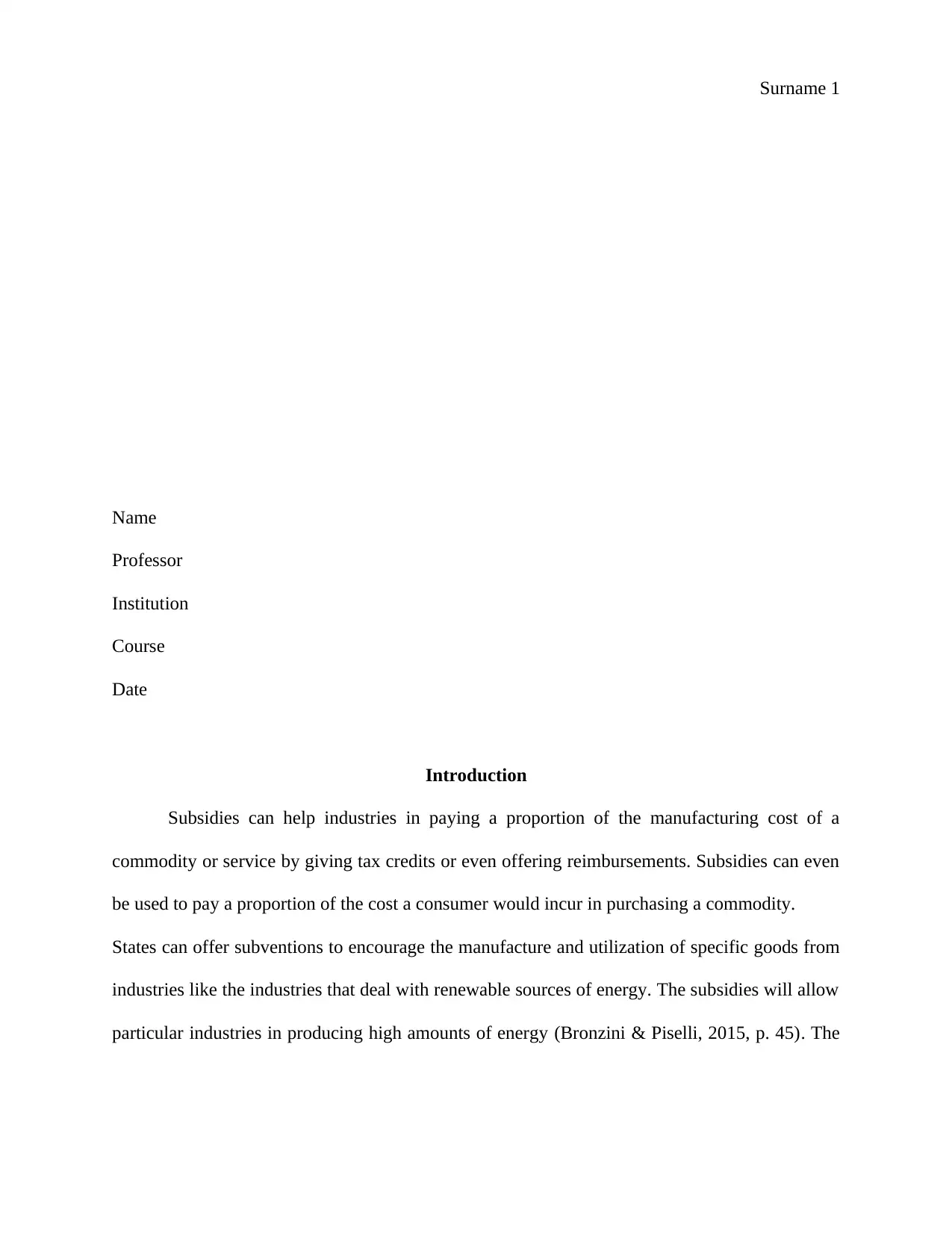
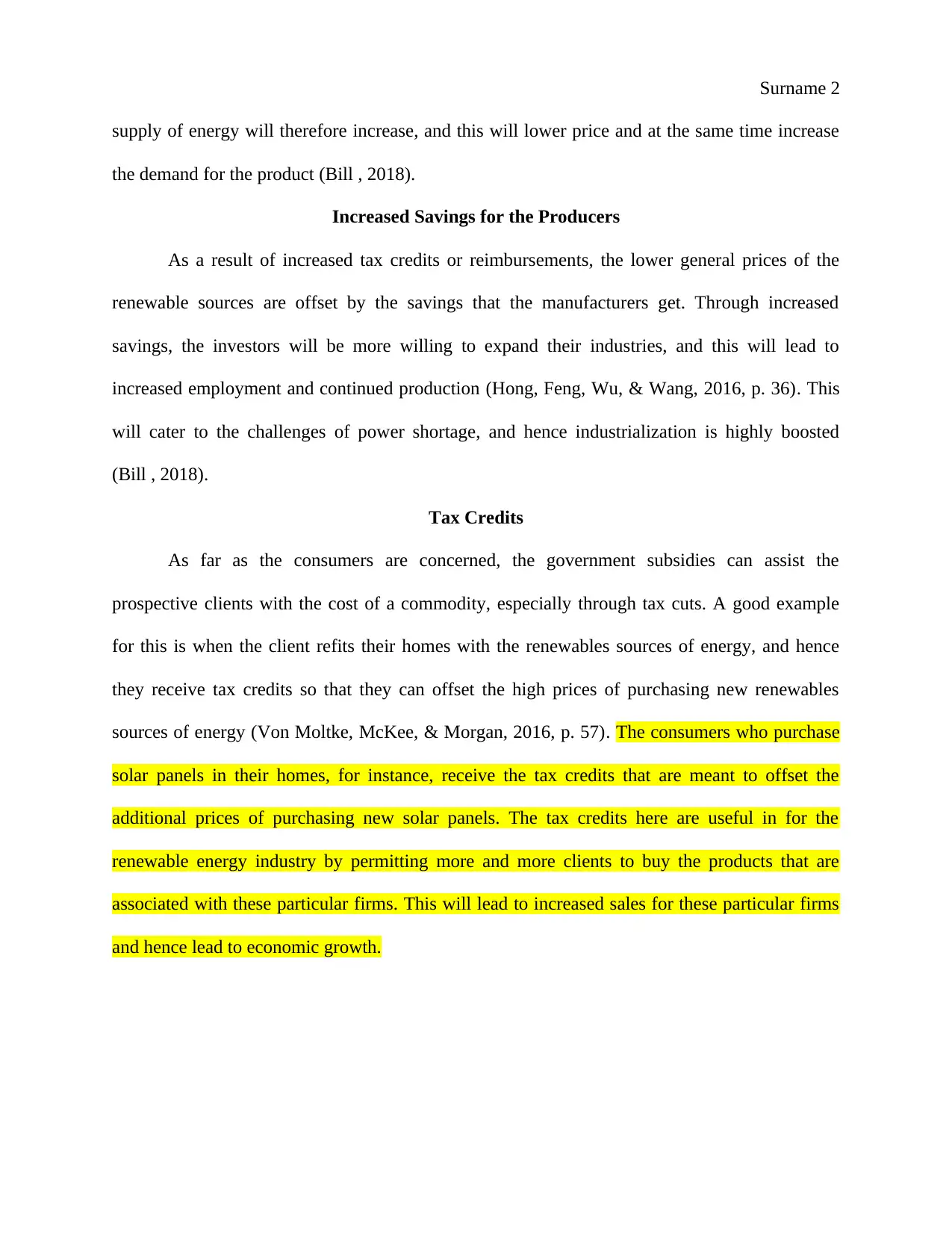
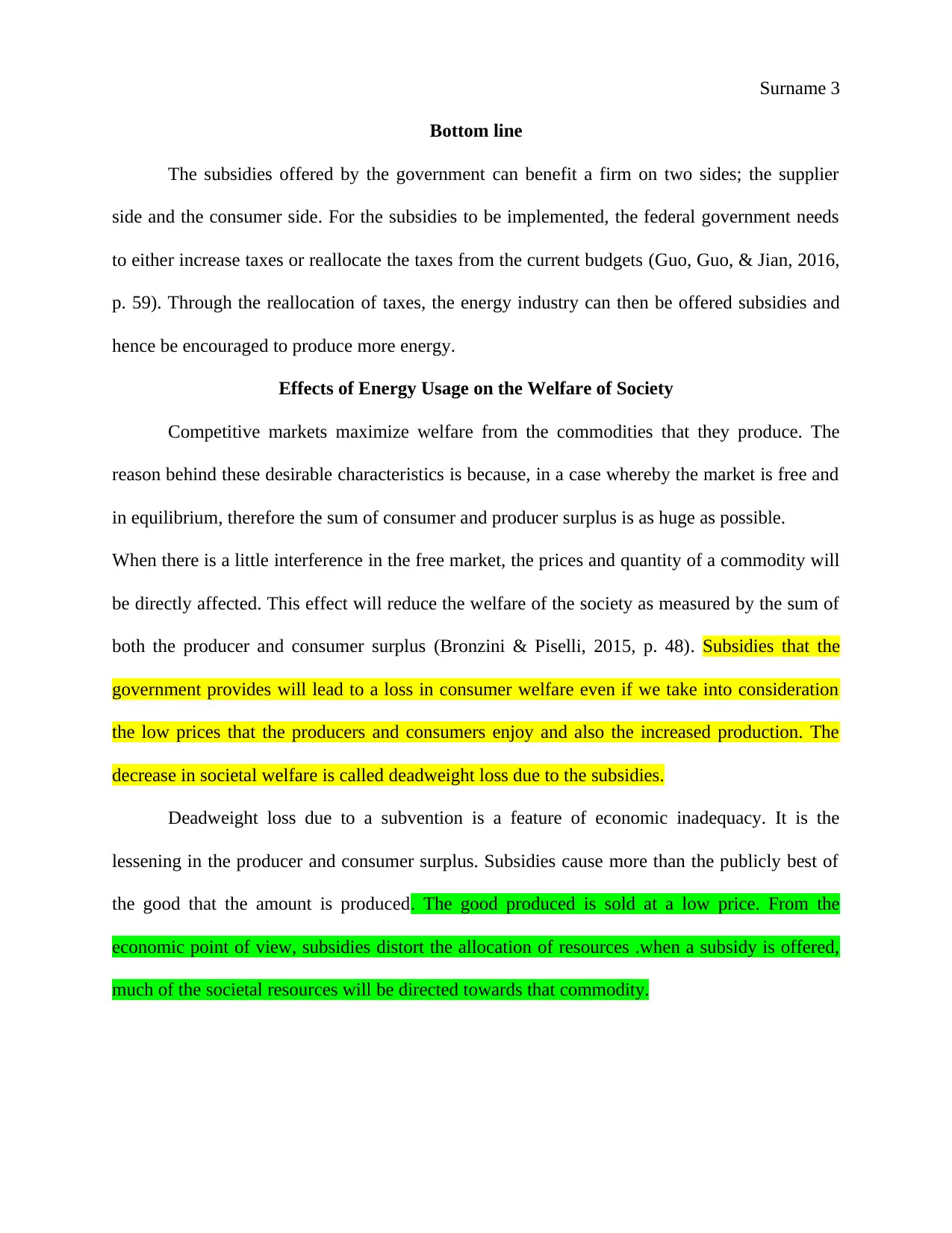

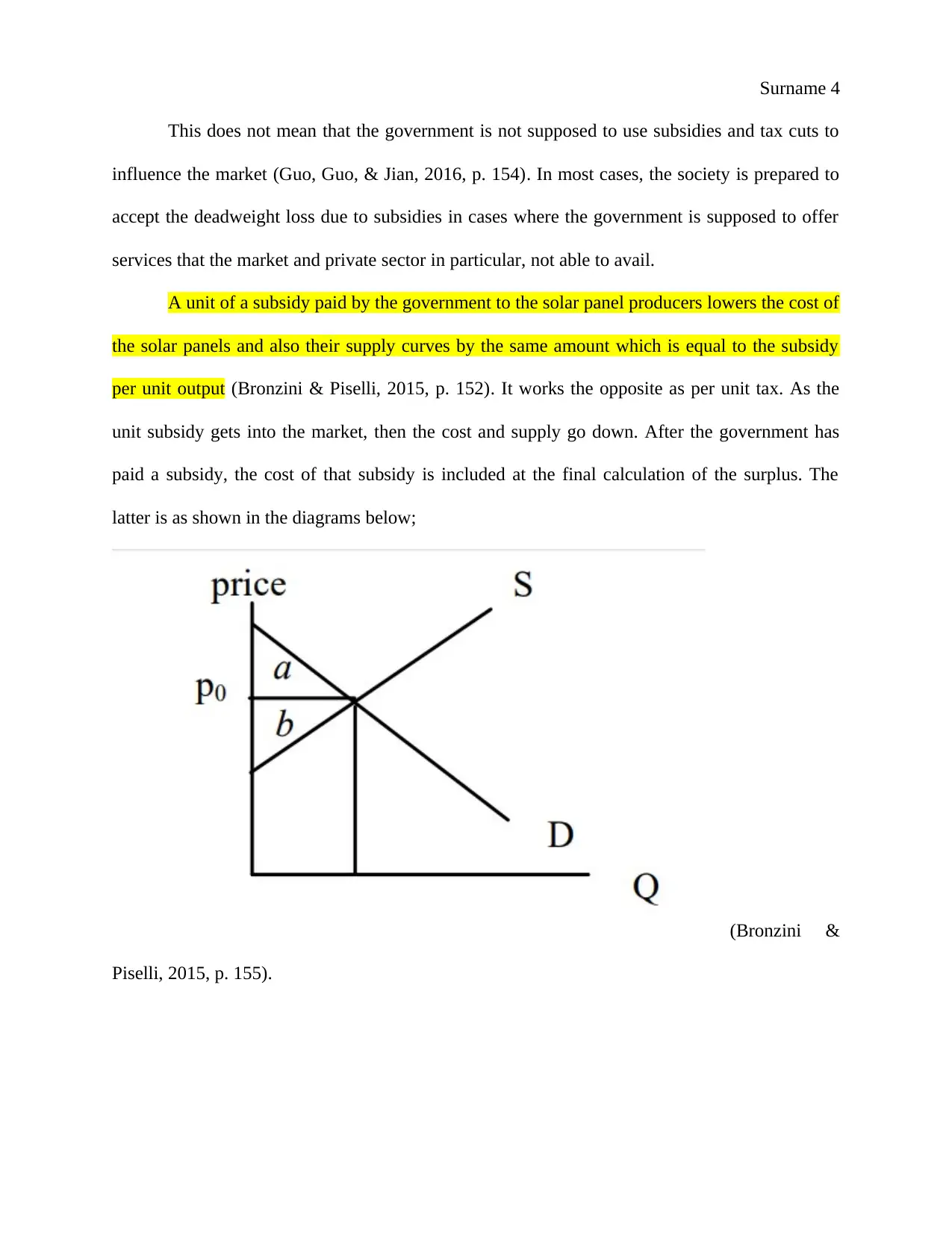
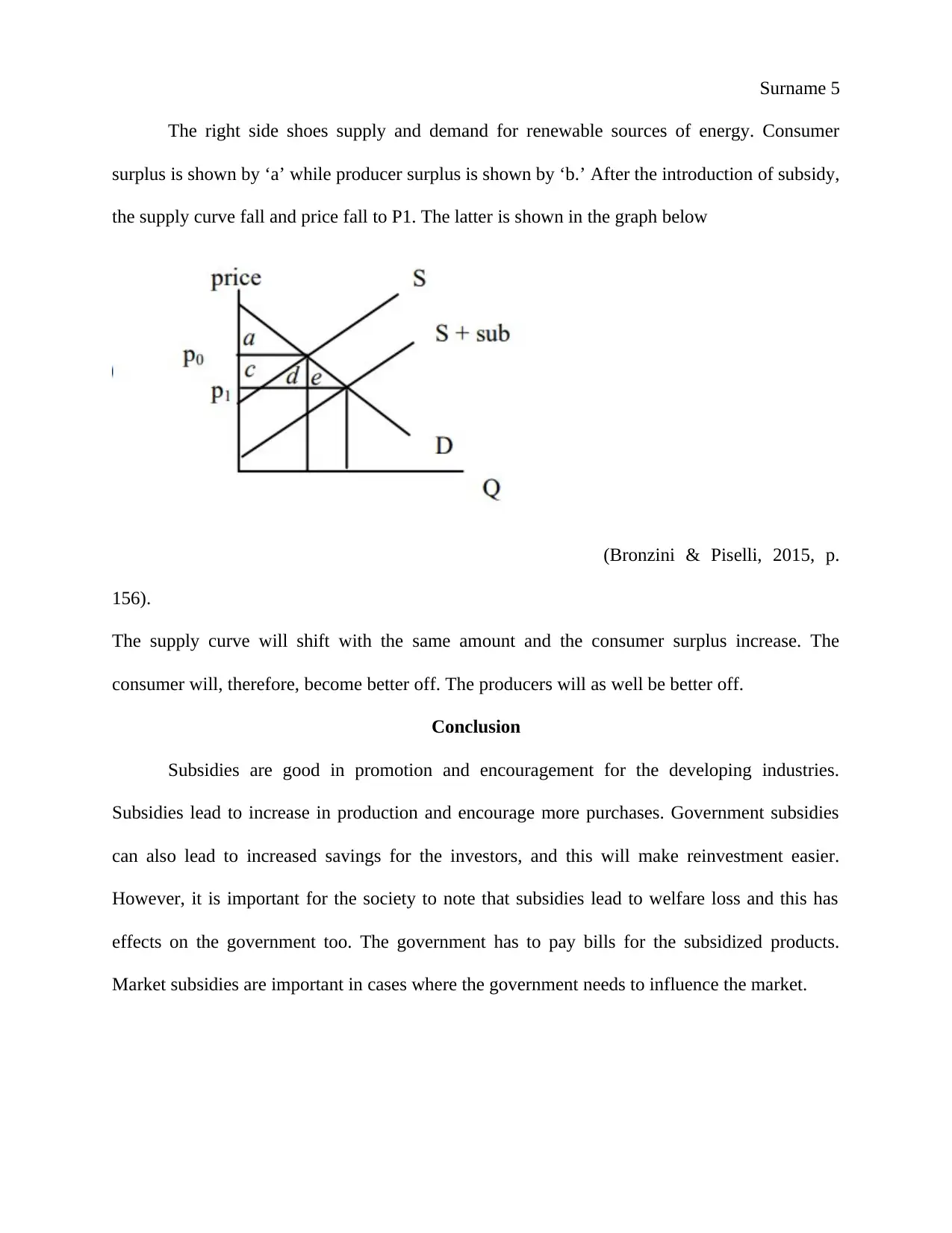
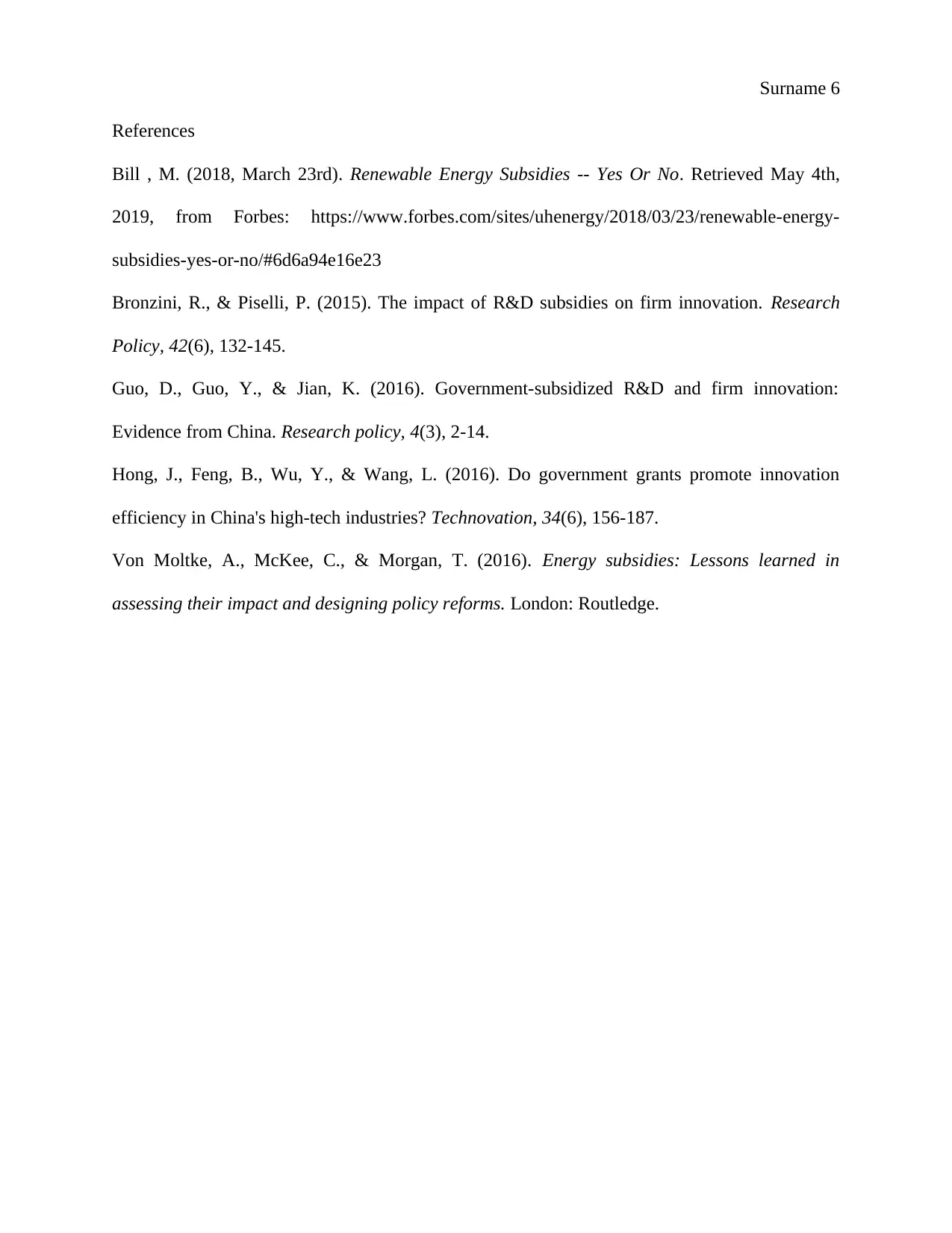

![[object Object]](/_next/static/media/star-bottom.7253800d.svg)